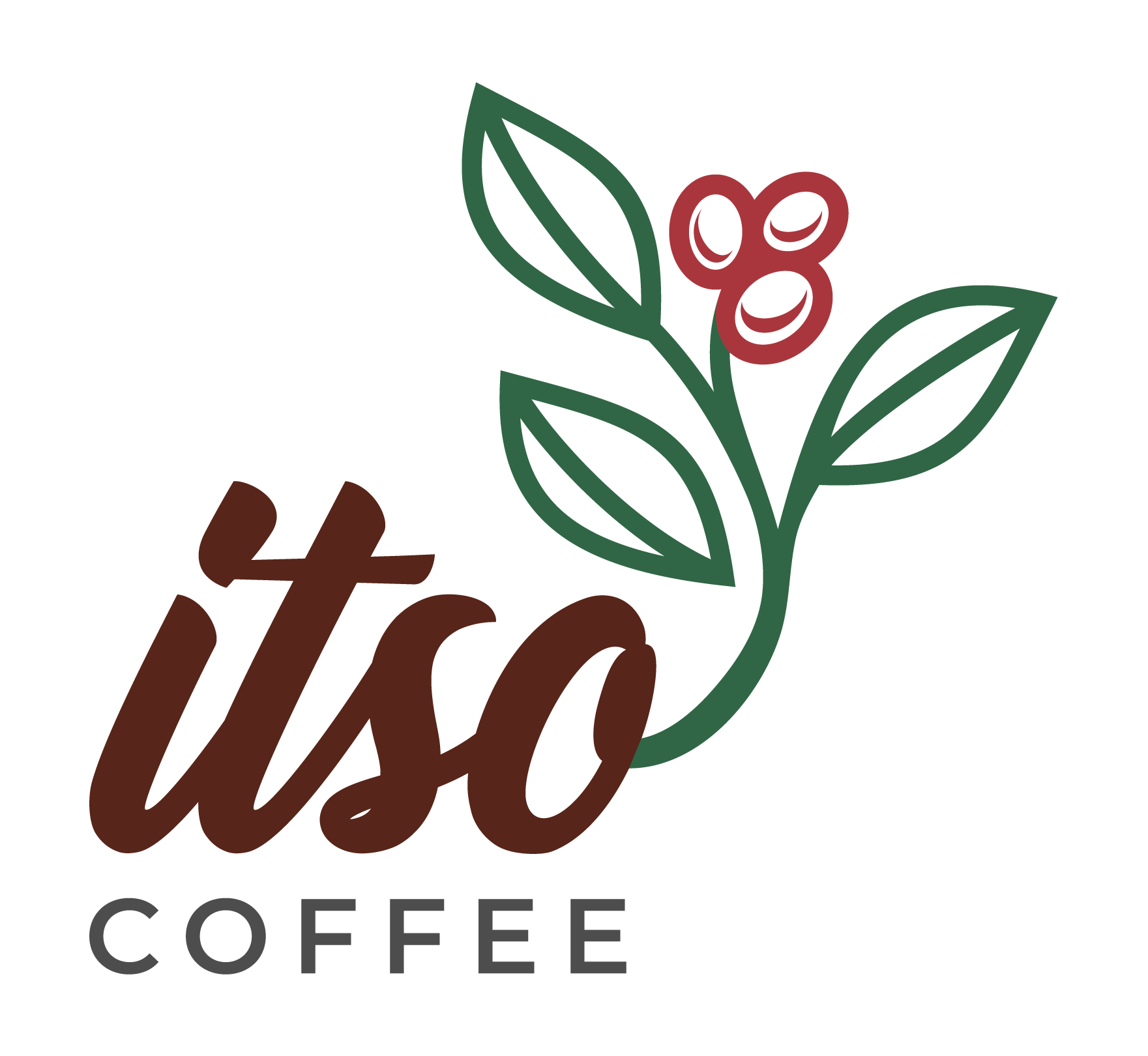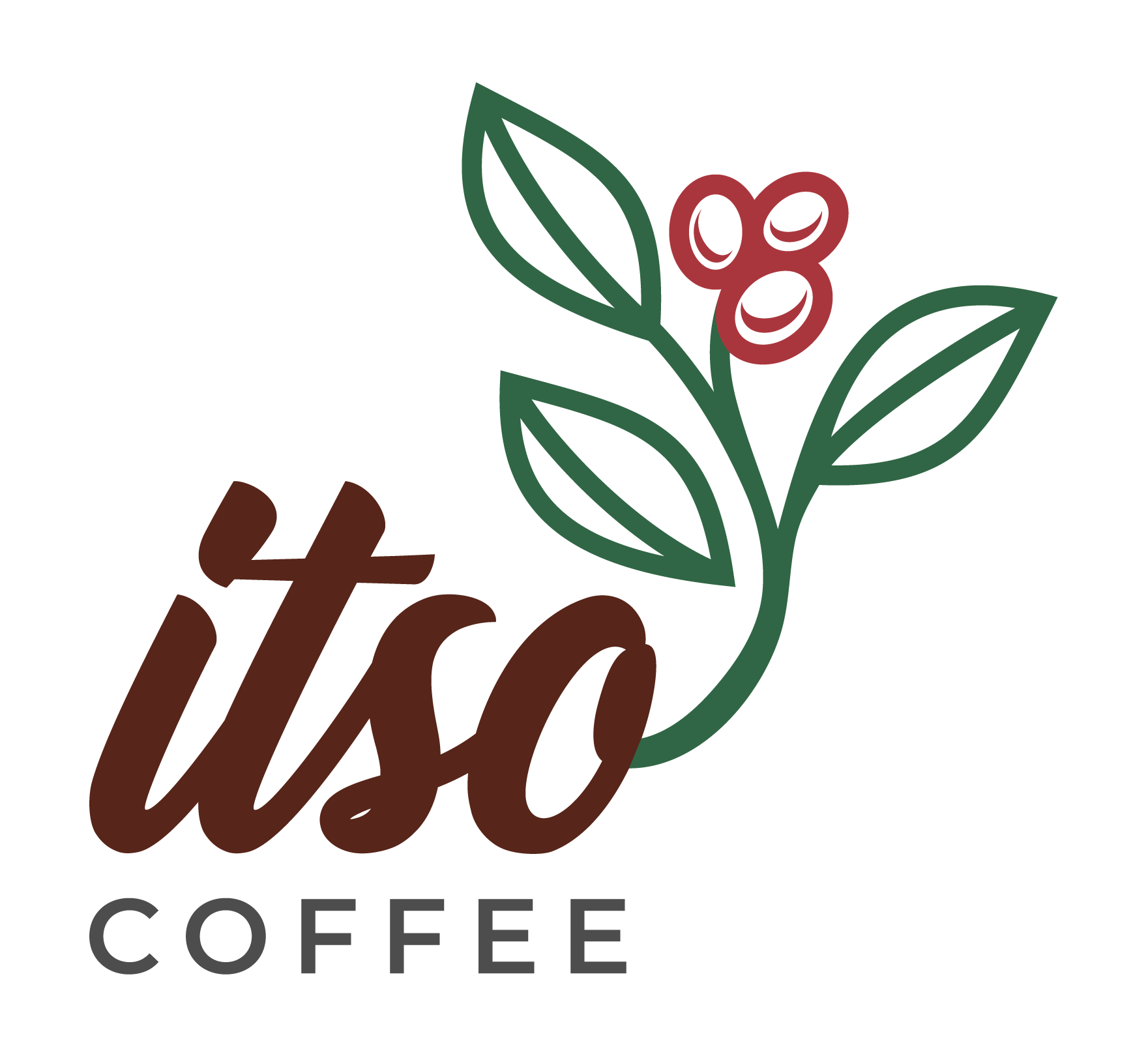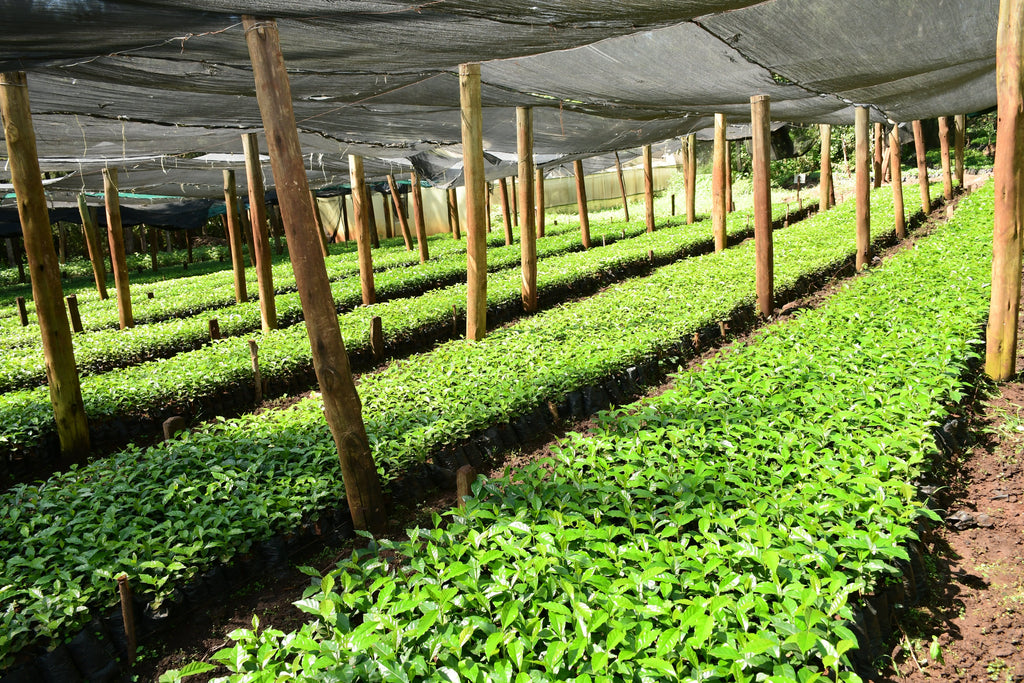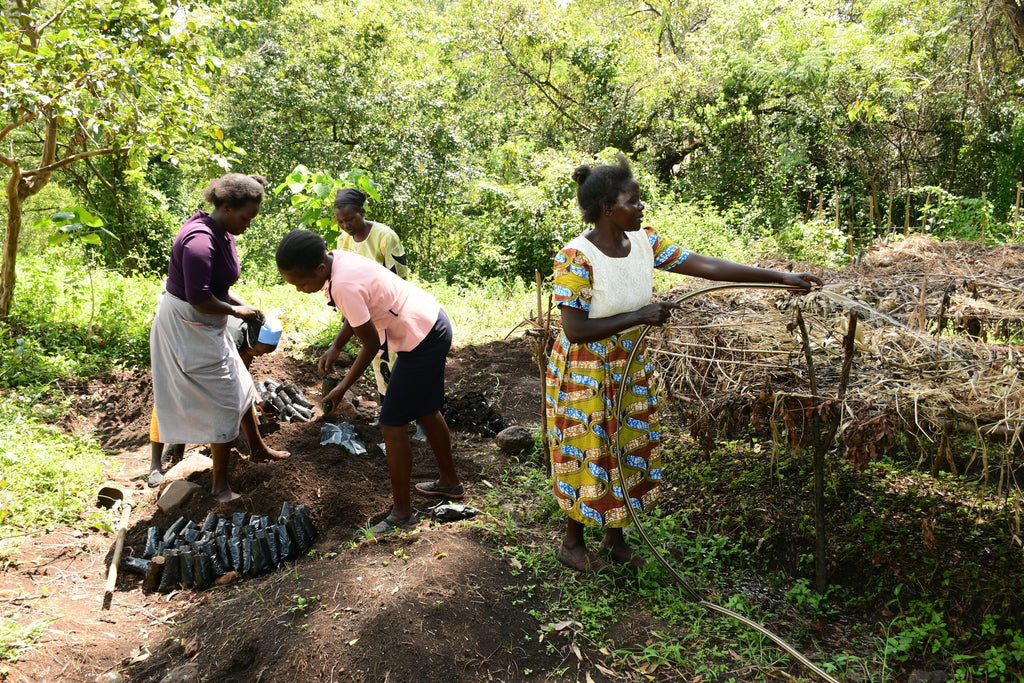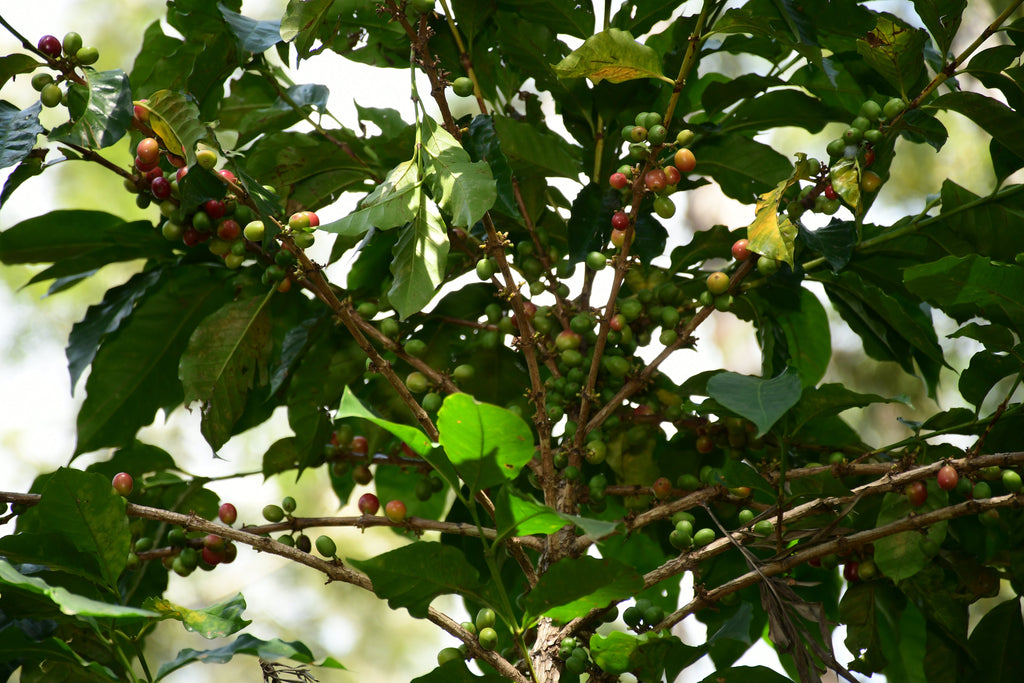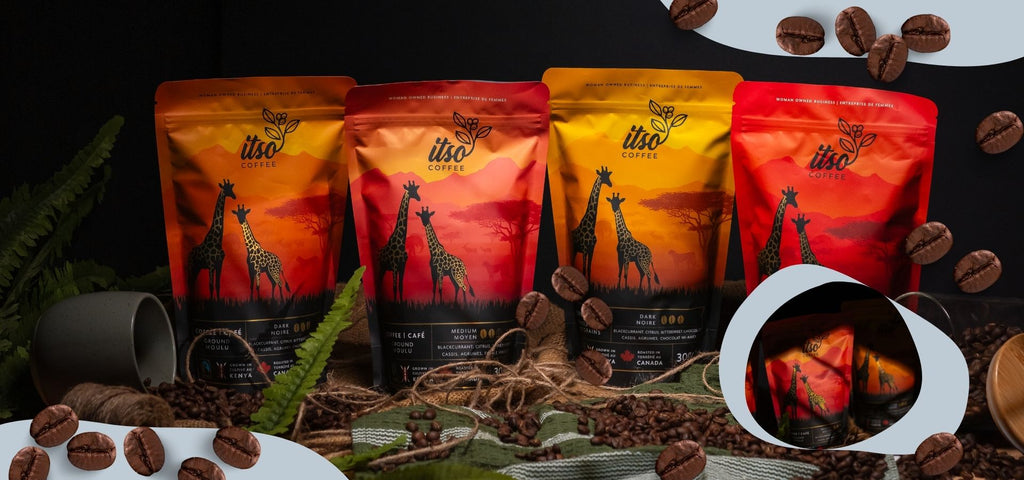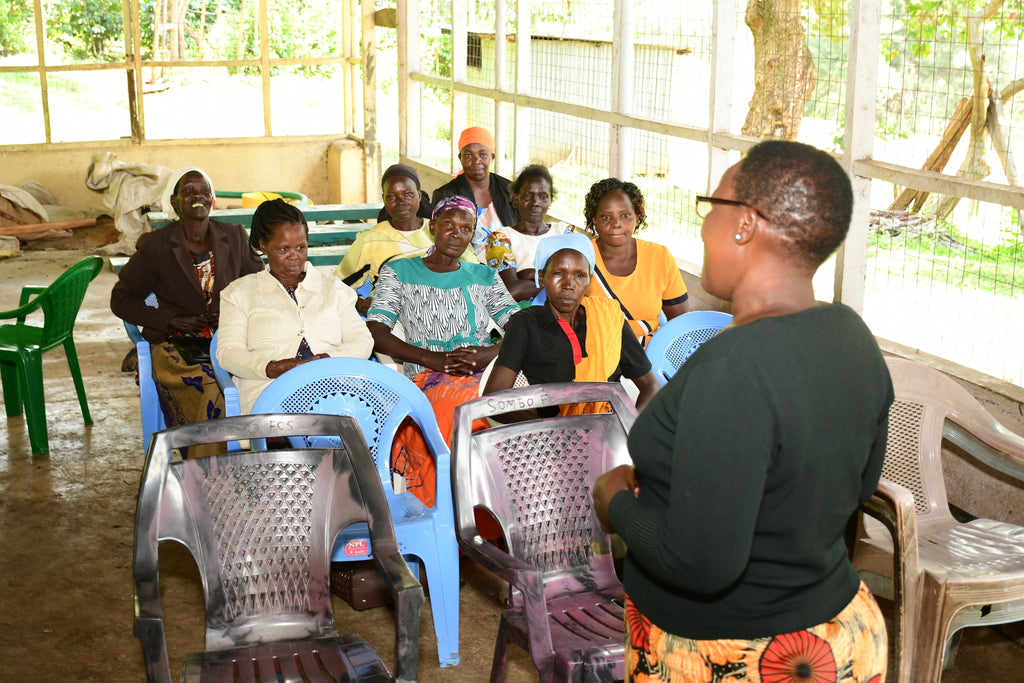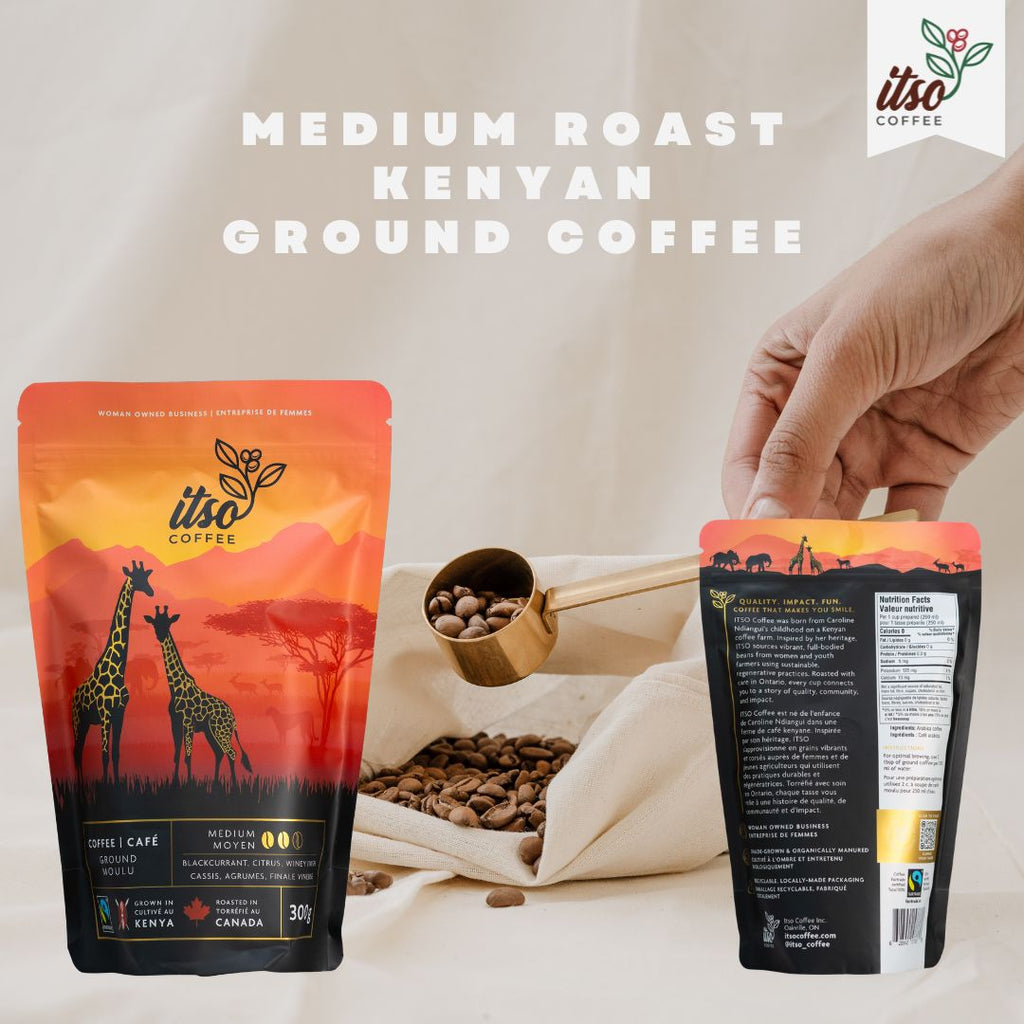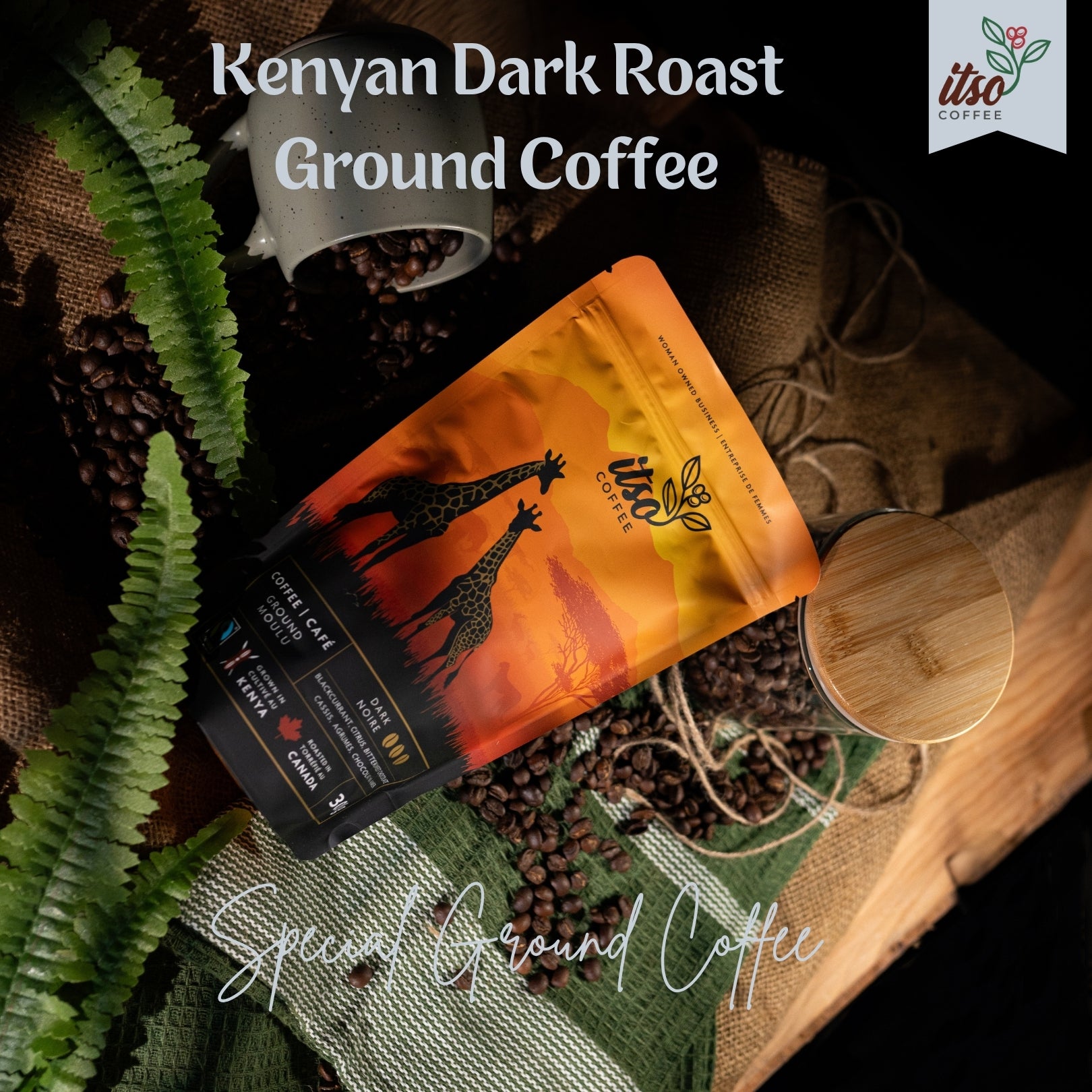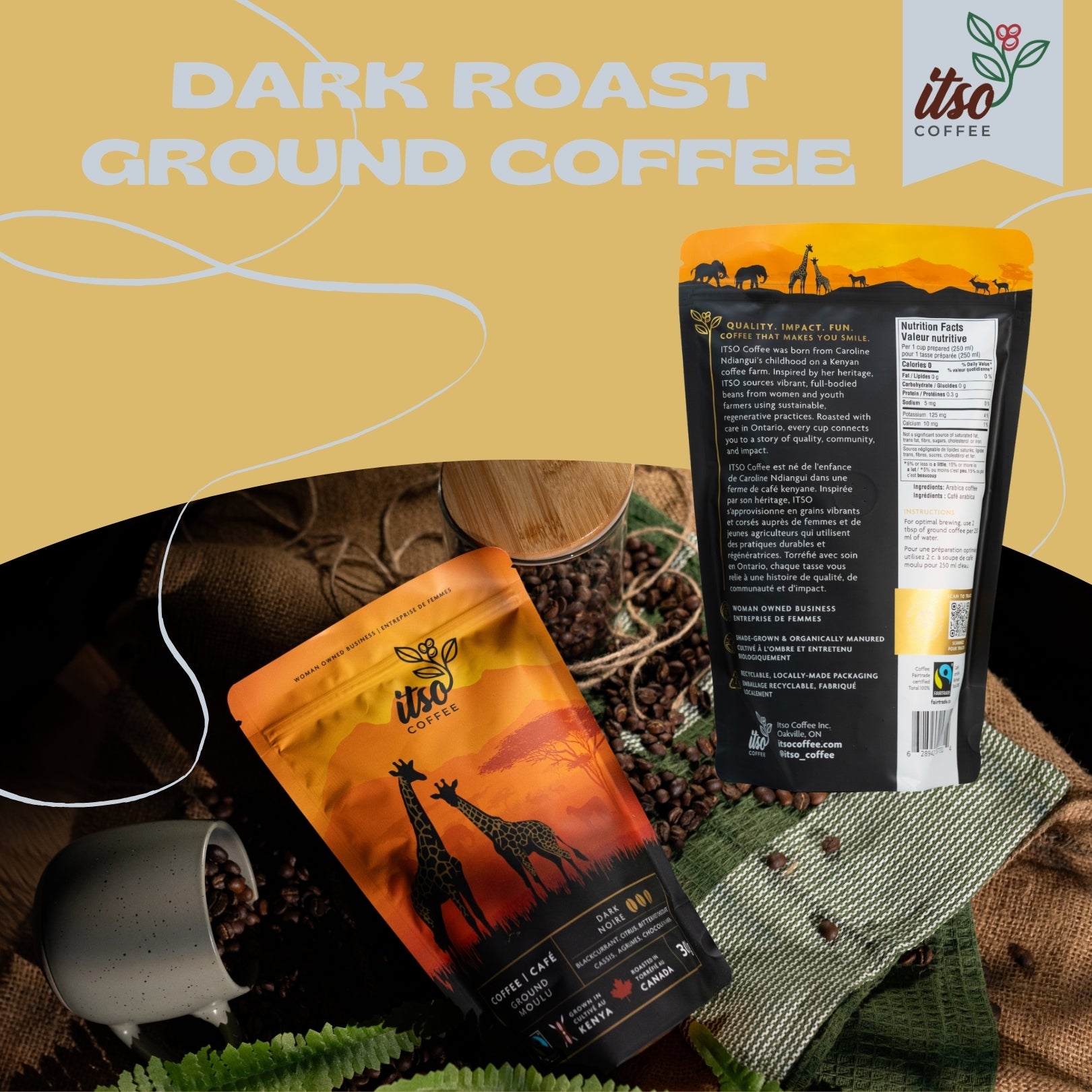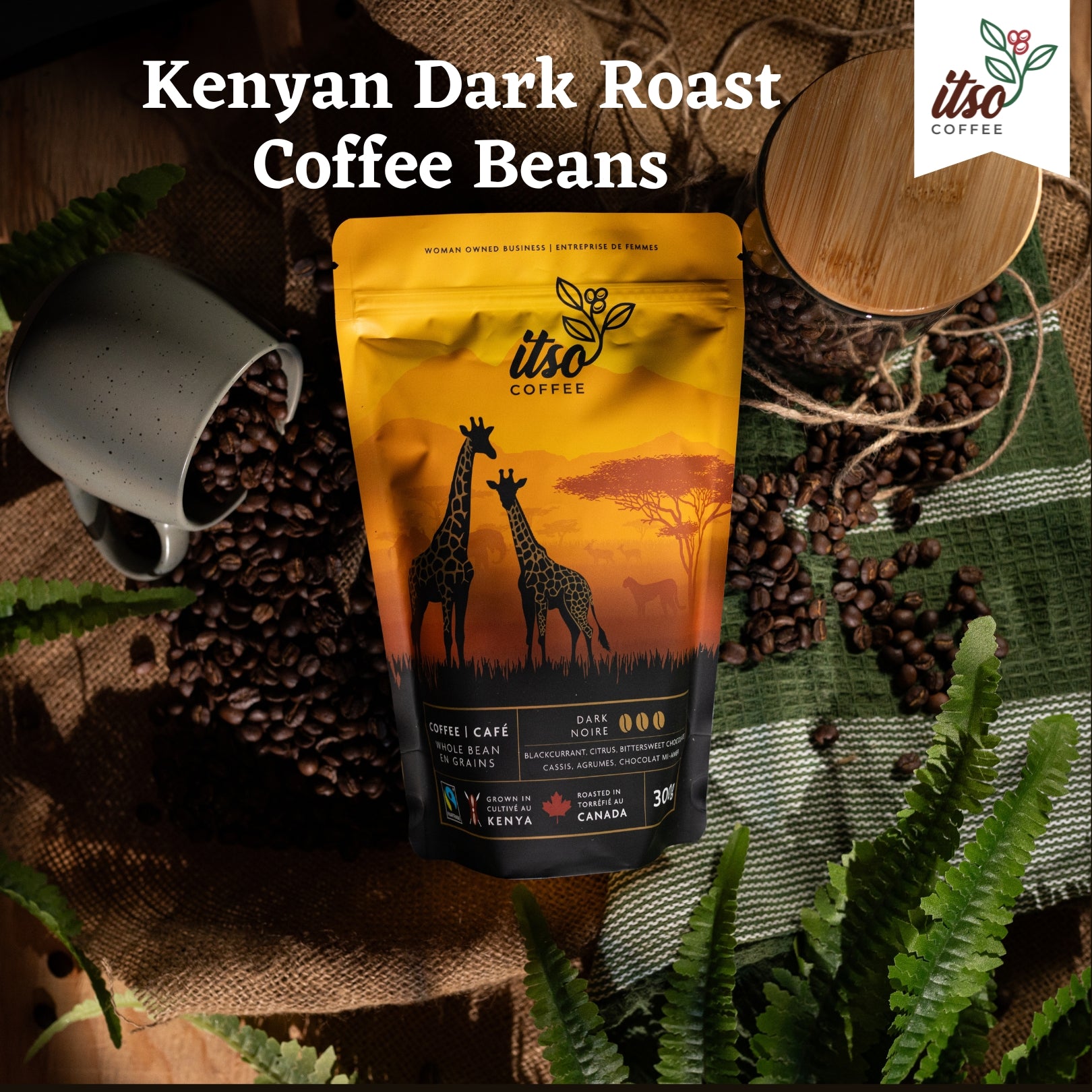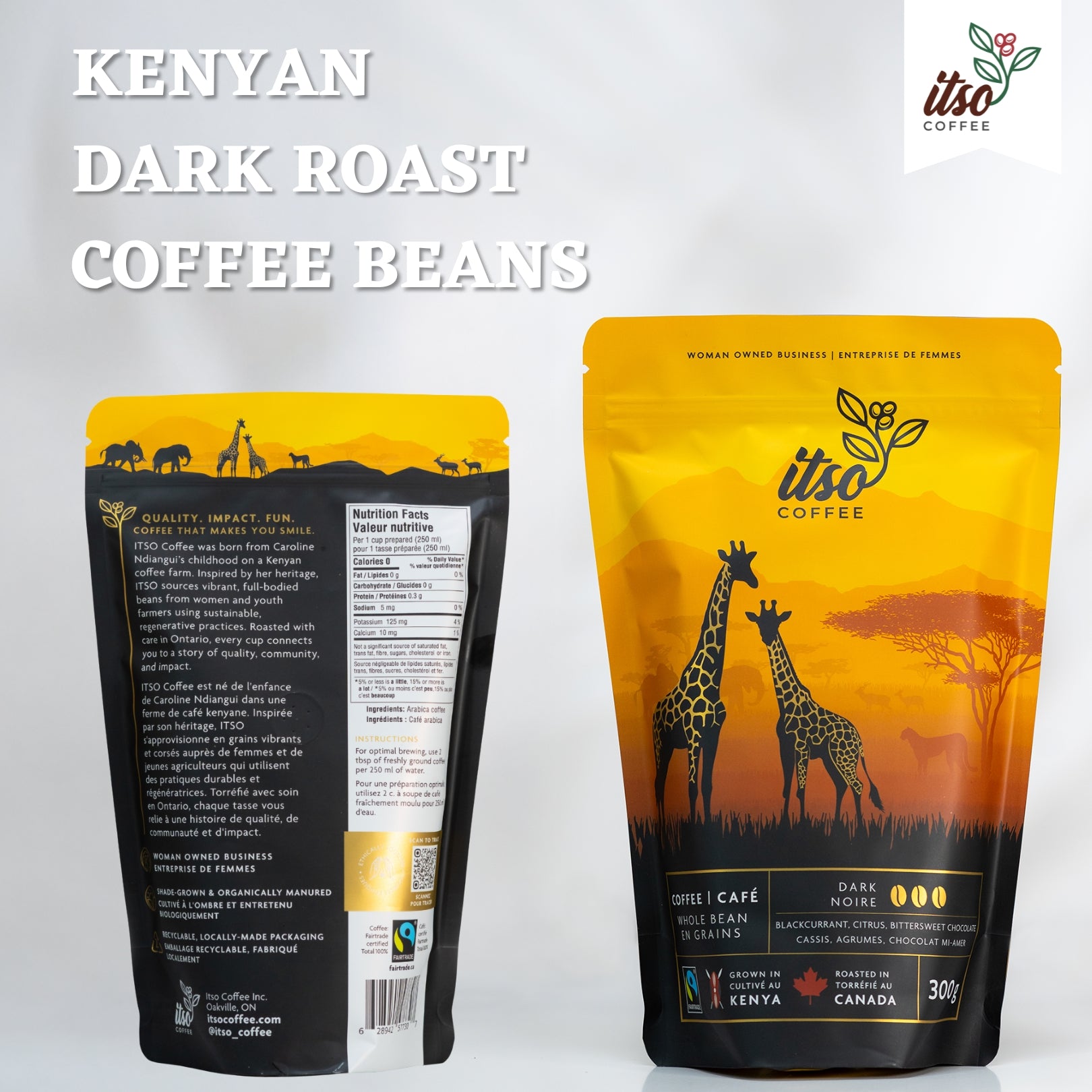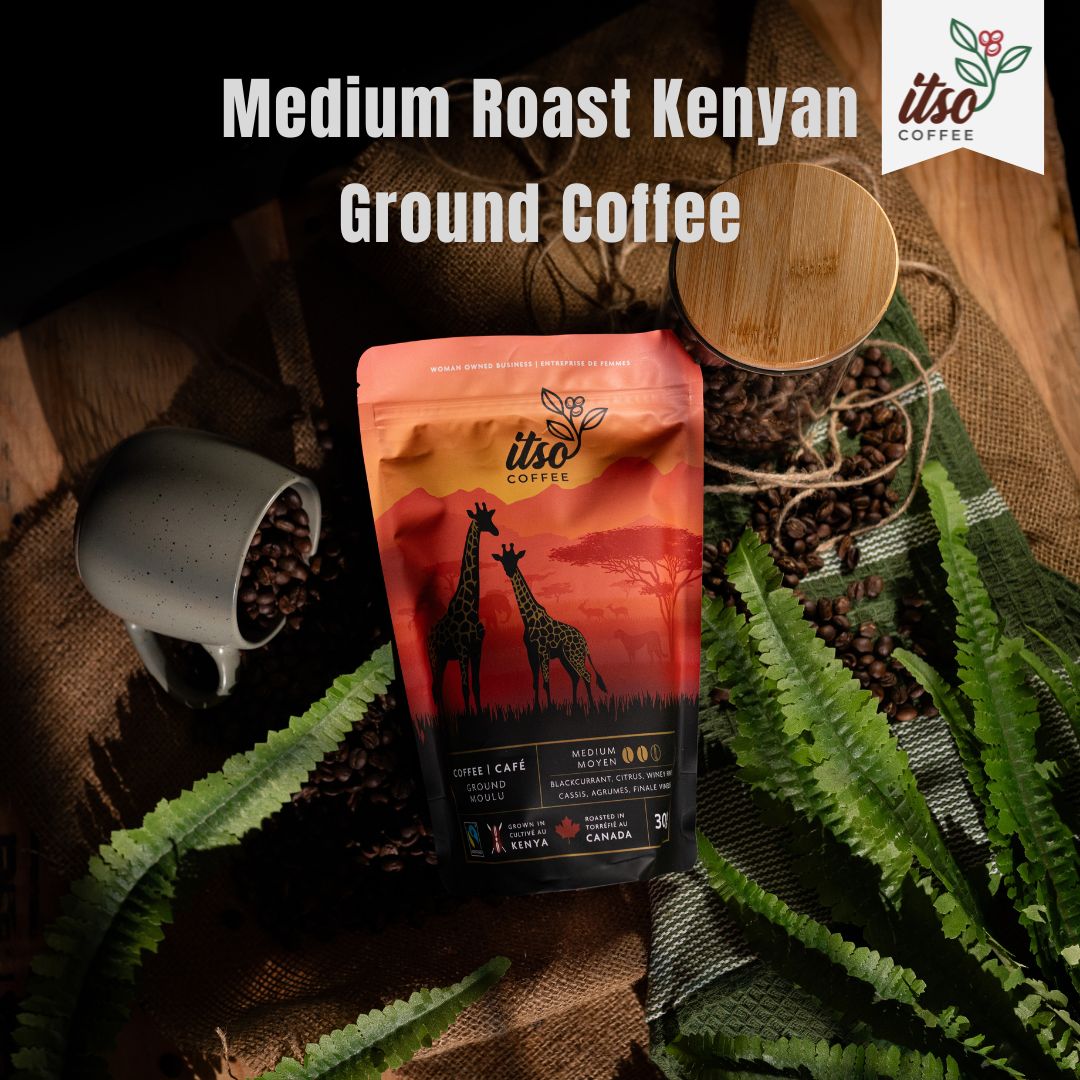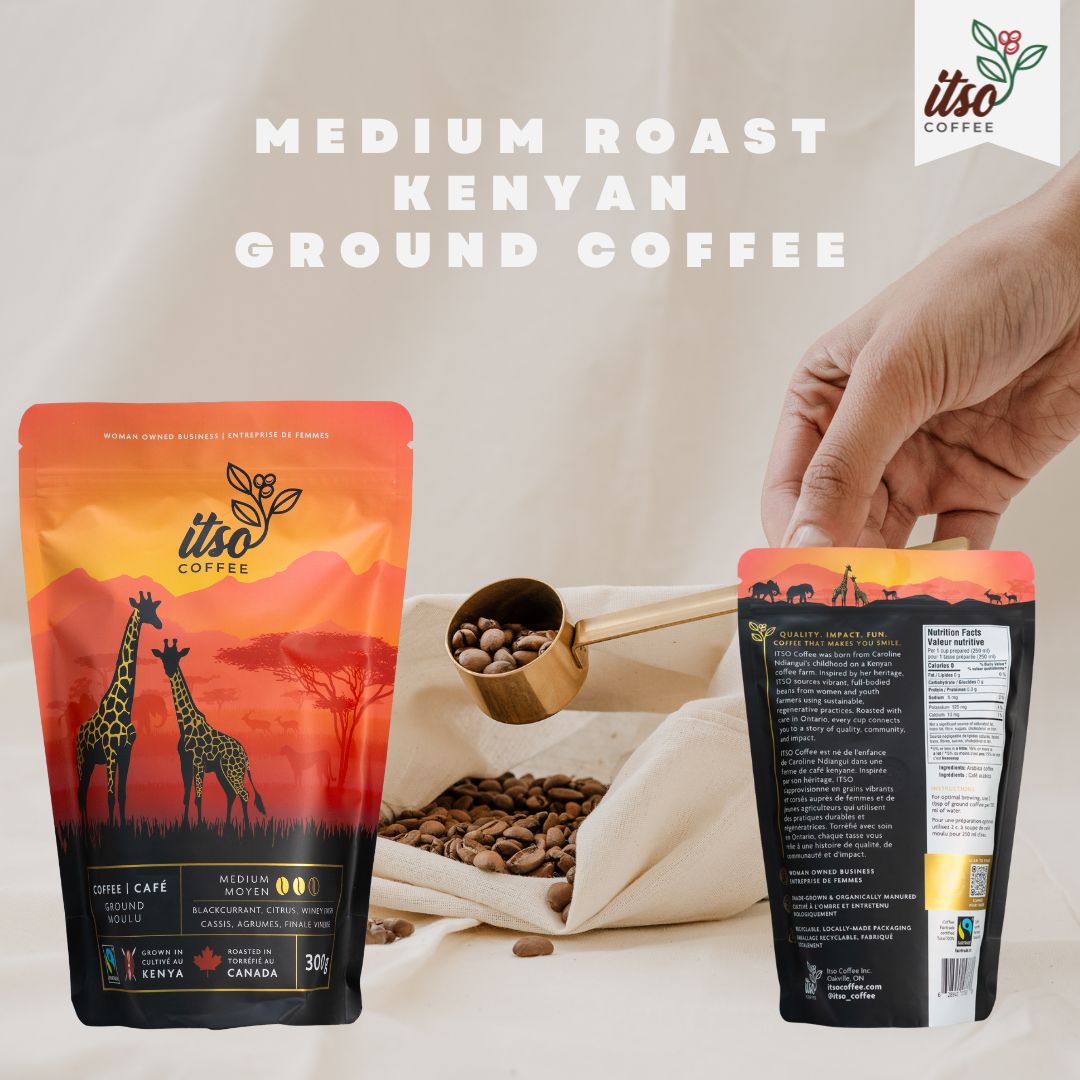For many, coffee is more than just a beverage—it's a ritual, a moment of peace, and a source of energy. As coffee machine innovation and coffee culture continue to evolve, more people are taking the art of brewing into their own hands, transforming their kitchens into mini-cafés. Whether you’re a seasoned coffee enthusiast or just starting your journey, this blog will guide you through some of the best barista coffee recipes and brewing tips to help you become a skilled home barista.
The Essentials of Home Coffee Brewing

Before diving into specific recipes, it's important to understand the basic elements that contribute to a great cup of coffee—what I like to call the foundation of a Barista's Brew. These elements include coffee beans, grind size, water quality, brewing methods, and equipment. Mastering these basics will ensure that every cup you brew at home is as delicious as the ones from your favorite café.
1. Coffee Beans

-
Freshness: Always use freshly roasted coffee beans. The flavor and aroma of coffee beans peak within two to three weeks of roasting. Buy your coffee in small quantities to ensure that you're always brewing with fresh beans.
-
Origin and Roast: The origin of the coffee beans and the roast level play a significant role in the flavor profile. Experiment with different origins (like Ethiopian, Colombian, or Brazilian) and roast levels (light, medium, or dark) to find your preferred taste.
2. Grind Size
-
Consistency: The grind size affects the extraction process, which in turn influences the flavor of your coffee. A consistent grind size is crucial. Invest in a good burr grinder, which provides more consistent grinds compared to blade grinders.
-
Brewing Method: Different brewing methods require different grind sizes. For example, a French press needs a coarse grind, while an espresso requires a fine grind. Adjust your grind size according to the brewing method you're using.
3. Water Quality
-
Water Temperature: The ideal water temperature for brewing coffee is between 195°F and 205°F (90°C to 96°C). Water that’s too hot can over-extract the coffee, making it bitter, while water that’s too cold can under-extract, resulting in a flat, weak flavor.
-
Water Purity: Coffee is 98% water, so the quality of your water matters. Use filtered water to avoid any off-flavors from chlorine or other impurities in tap water.
4. Brewing Methods

-
Drip Coffee Maker: The most common method, it’s convenient and easy to use. However, make sure to regularly clean your machine to avoid any buildup that could affect the taste.
-
French Press: This method is known for producing a rich, full-bodied cup of coffee. It’s simple and doesn’t require a filter, making it environmentally friendly.
-
Pour-Over: This manual method gives you more control over the brewing process, allowing you to extract the most flavor from your beans. The Hario V60 and Chemex are popular pour-over devices.
-
Espresso Machine: For those who love a strong, concentrated coffee, an espresso machine is a must. It’s more expensive and requires some skill, but it allows you to make a variety of coffee drinks at home.
-
Aeropress: A portable, versatile brewing device that can produce espresso-like shots or a regular cup of coffee. It’s loved for its quick brewing time and easy cleanup.
Coffee Recipes for Home Baristas
Now that you’ve got the basics down, let’s dive into some delicious coffee recipes that you can make at home. These recipes range from classic favorites to creative twists that will impress your friends and family.
1. Classic Espresso

-
Ingredients:
- 18-20 grams of finely ground coffee
- 1-2 ounces of filtered water
-
Instructions:
- Preheat your espresso machine and portafilter.
- Grind your coffee to a fine consistency and distribute it evenly in the portafilter.
- Tamp the coffee grounds with even pressure to ensure uniform extraction.
- Lock the portafilter into the machine and start the extraction process.
- Brew for about 25-30 seconds, yielding 1-2 ounces of espresso.
- Enjoy your rich, concentrated shot of espresso on its own or as the base for other coffee drinks.
2. French Press Coffee

-
Ingredients:
- 1 cup (8 ounces) of coarsely ground coffee
- 4 cups (32 ounces) of hot water (just off the boil)
-
Instructions:
- Add the coarsely ground coffee to the French press.
- Pour in the hot water, ensuring that all the coffee grounds are saturated.
- Stir the coffee and water mixture to fully immerse the grounds.
- Place the lid on the French press with the plunger pulled up. Let it steep for 4 minutes.
- Slowly press the plunger down to separate the grounds from the liquid.
- Pour and enjoy a full-bodied, flavorful cup of coffee.
3. Pour-Over Coffee (Hario V60)
-
Ingredients:
- 25 grams of medium-fine ground coffee
- 400 grams of filtered water (heated to 200°F)
-
Instructions:
- Place a paper filter in the V60 dripper and rinse it with hot water to eliminate any paper taste.
- Add the ground coffee to the filter and create a small well in the center.
- Start by pouring 50 grams of hot water over the coffee grounds to bloom, allowing the coffee to de-gas for about 30 seconds.
- Continue to pour the remaining water in slow, circular motions, keeping the water level consistent.
- The entire brewing process should take around 3-4 minutes.
- Once all the water has dripped through, remove the dripper and enjoy your clean, aromatic pour-over coffee.
4. Café Latte

-
Ingredients:
- 1 shot of espresso
- 8 ounces of steamed milk
- Optional: sugar or flavored syrup
-
Instructions:
- Brew a shot of espresso using your espresso machine.
- Steam the milk to around 150°F, creating a smooth, velvety texture with microfoam.
- Pour the steamed milk over the espresso, holding back the foam with a spoon.
- Gently spoon the foam on top to create a layered effect.
- Add sugar or flavored syrup if desired and enjoy your creamy café latte.
5. Iced Coffee
-
Ingredients:
- 1 cup of brewed coffee (cooled)
- Ice cubes
- Optional: milk or cream, sweetener
-
Instructions:
- Brew your coffee using your preferred method and allow it to cool to room temperature.
- Fill a glass with ice cubes and pour the cooled coffee over the ice.
- Add milk or cream if desired, and sweeten to taste.
- Stir and enjoy a refreshing iced coffee, perfect for warm days.
6. Cold Brew Coffee
-
Ingredients:
- 1 cup of coarsely ground coffee
- 4 cups of cold filtered water
-
Instructions:
- Combine the coarsely ground coffee and cold water in a large jar or pitcher.
- Stir to ensure all the coffee grounds are saturated.
- Cover and let it steep in the refrigerator for 12-24 hours.
- Strain the coffee through a fine mesh sieve or coffee filter to remove the grounds.
- Serve the cold brew over ice, diluted with water or milk if desired, and enjoy a smooth, low-acidity coffee.
7. Cappuccino

-
Ingredients:
- 1 shot of espresso
- 4 ounces of steamed milk
- 4 ounces of milk foam
-
Instructions:
- Brew a shot of espresso and pour it into your cup.
- Steam the milk to create a thick, velvety foam.
- Pour the steamed milk over the espresso, holding back the foam with a spoon.
- Spoon the foam on top, creating a fluffy layer.
- Optionally, dust with cocoa powder or cinnamon for added flavor.
8. Affogato
-
Ingredients:
- 1 shot of hot espresso
- 1 scoop of vanilla ice cream or gelato
-
Instructions:
- Place a scoop of vanilla ice cream in a small bowl or glass.
- Brew a shot of hot espresso.
- Pour the espresso over the ice cream.
- Serve immediately and enjoy the contrast of hot coffee and cold, creamy ice cream in this simple yet indulgent dessert.
Brewing Tips for Home Baristas

In addition to mastering the recipes above, here are some essential tips that will help you elevate your home coffee brewing experience:
1. Invest in Quality Equipment
- Good equipment makes a significant difference in the quality of your coffee. Invest in a reliable burr grinder, a gooseneck kettle for pour-overs, and a scale to measure your coffee and water accurately. If you’re serious about espresso, consider getting a machine that allows you to control variables like temperature and pressure.
2. Measure Everything
- Consistency is key to making great coffee. Use a scale to measure your coffee grounds and water for precise brewing. This ensures that you achieve the right coffee-to-water ratio, which is critical for balanced flavor.
3. Experiment with Ratios
- The standard coffee-to-water ratio is 1:15 to 1:18 (1 gram of coffee to 15-18 grams of water). However, this can be adjusted based on your taste preferences. If you like a stronger brew, try a 1:14 ratio. For a milder cup, go for 1:19.
4. Pay Attention to Brewing Time
- Brewing time affects the extraction of flavors from the coffee grounds. Too short a brewing time can result in under-extraction, leading to sour, weak coffee. Too long a brewing time can cause over-extraction, resulting in bitterness. Each brewing method has an optimal time range, so be sure to follow the guidelines for your chosen method.
5. Keep Your Equipment Clean
- Regularly clean your coffee equipment to prevent old coffee oils and residue from affecting the taste of your brew. For drip coffee makers, run a mixture of water and vinegar through the machine periodically to descale it. Rinse your French press and pour-over equipment thoroughly after each use.
6. Experiment with Brewing Variables
- Coffee brewing is a science, but it’s also an art. Don’t be afraid to experiment with different variables, such as grind size, water temperature, and brewing time. Keeping a journal of your experiments can help you track what works best for your taste preferences.
7. Use Fresh Ingredients
- Always use fresh coffee beans and filtered water for the best results. Coffee begins to lose its flavor shortly after grinding, so grind your beans just before brewing. Store your beans in an airtight container away from light, heat, and moisture.
8. Learn to Froth Milk Properly
- If you’re making milk-based drinks like lattes or cappuccinos, learning how to froth milk properly is essential. The goal is to create microfoam—tiny, velvety bubbles that give the milk a smooth texture. Practice with different techniques until you can consistently produce silky, frothy milk.
Conclusion: The Joy of Home Brewing

Becoming a home barista is a journey that requires practice, experimentation, and a love for coffee—the essence of a true Barista's Brew. With the right knowledge, equipment, and a bit of patience, you can create café-quality coffee right in your kitchen. Whether you’re brewing a simple cup of drip coffee or crafting an elaborate latte, the process of making coffee at home can be both satisfying and rewarding.
So, grab your favorite beans, set up your brewing station, and start experimenting with the recipes and tips shared in this blog. With time and practice, you’ll develop your own unique brewing style and gain a deeper appreciation for the art of coffee. Happy brewing!

